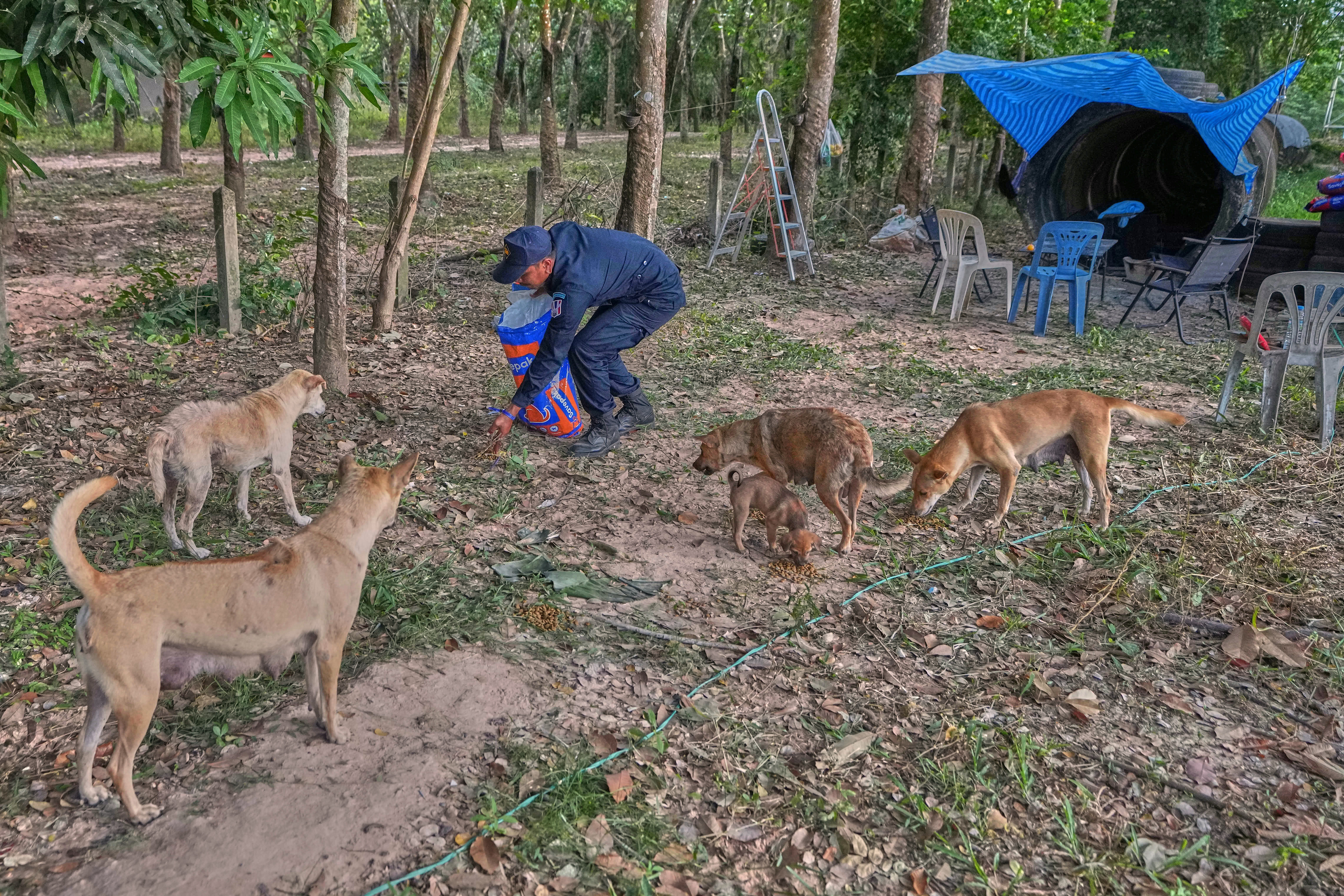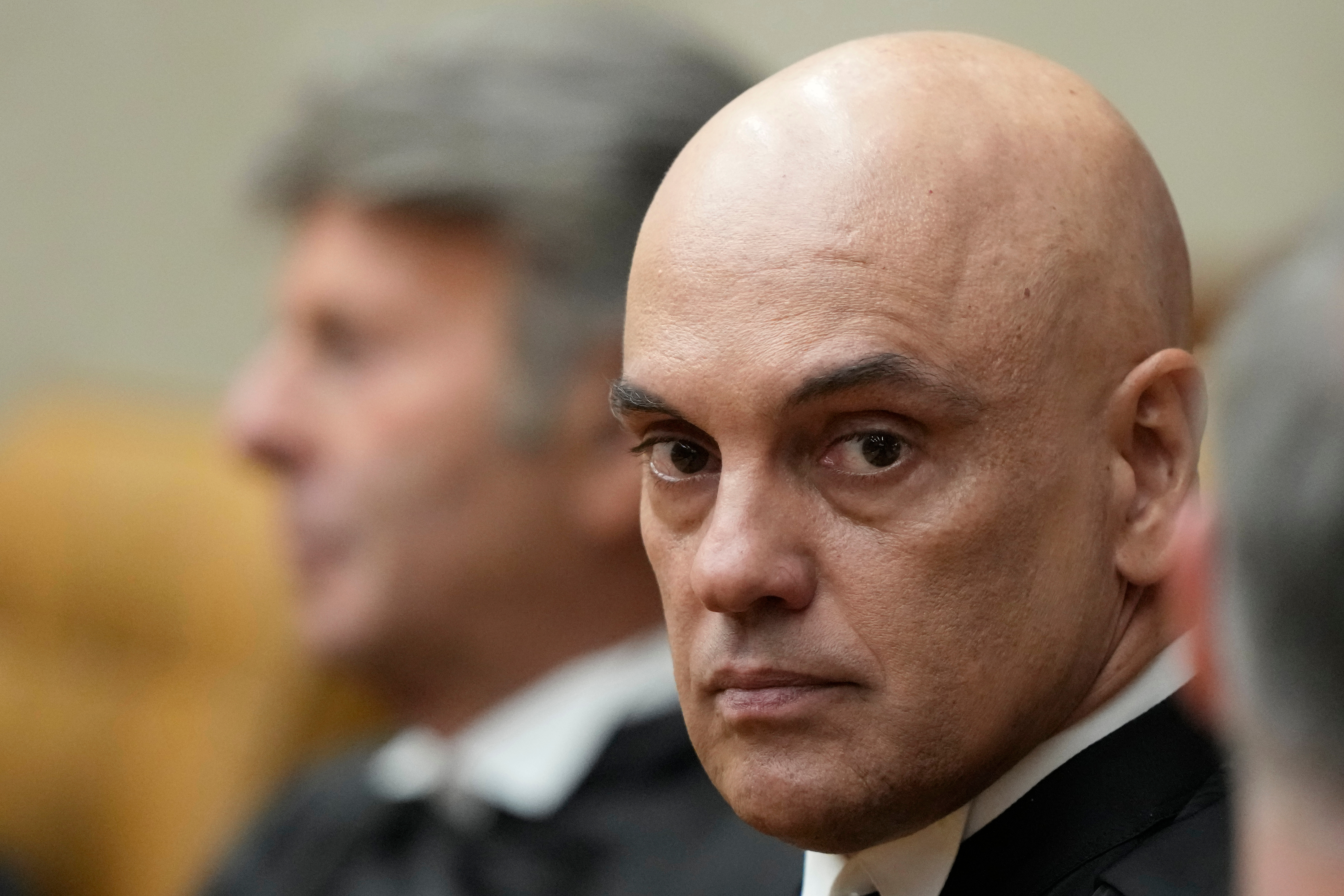When fighting wildfires, we need every advantage possible to help us save lives and protect property. Aircraft remains an essential tool that can quickly douse flames or create firebreaks to slow the spread of fire, often before ground crews can reach the scene.
The list of wildland firefighting aircraft successes is long and impressive. During last month’s Rancho Fire in Laguna Beach, the force multiplier of a robust air attack saved an entire community.
Similar results were recently seen in San Bernardino and Riverside counties when two fires that threatened homes were quickly extinguished using air support.
The difference between a fire you have never heard of and a fire you never forget is often won or lost in the initial attack. That’s when time matters to the second, precision matters to the foot and volume of water matters to the gallon — measurements that can only be filled by aircraft.
On the few fires that do escape initial attack, aircraft again become one of the most valuable resources in a firefight, as evidenced by the helitankers that saved the community of Brentwood during the Los Angeles Fires.
Unfortunately, aircraft can be grounded just as rapidly as they are deployed. When natural factors like high winds or poor visibility cause grounding there is nothing that we, as first responders, can do.
However, when aircraft are grounded due to interference by unauthorized drones, thereshould be something we can do. As the leaders of the two largest public safety agencies in Orange County, that is precisely what we write to advocate for.
In January, a drone struck a Super Scooper working the Palisades Fire, tearing a hole in the aircraft’s left wing. The plane was grounded for five days for repairs during the height of the firefight, significantly impeding operations and further imperiling life and property.
While this was the most damaging disruption caused by a drone during the Los Angeles fires, there were more than 700 other instances of unauthorized drone incursions on the Palisades Fire alone, causing multiple pauses of the air attack.
More recently, in July, as aircraft worked to contain the Steele Fire in San Diego County, a near-collision occurred between a drone and a firefighting helicopter, endangering the crews and the public.
While there are heavy fines and jail time associated with this crime, there is no immediate way for local law enforcement to disable and bring down an unauthorized drone.
With speed and force from firefighting aircraft being our most effective weapon, this gap in our ability to prevent drone threats will continue to unnecessarily impede operations and ultimately cause property destruction and loss of life.
Unfortunately, the danger of illicit drone use goes beyond interference with wildfire response. Drones have been used to disrupt mass gathering events, violate protected privacy, deliver contraband to incarcerated individuals and other nefarious acts by various criminal organizations, including drug cartels and terrorists.
According to the Department of Homeland Security, in the last six months of 2024, over 27,000 drones were detected within 500 meters of the southern border, mostly at night and above permitted height limits.
These are hallmarks of cartel activity that empower coordinating illegal border crossings, scouting drug trafficking paths and dropping explosives on government authorities.
To be clear, the technology to bring down an illegally operated drone exists, but federal law only authorizes a select few federal agencies to utilize counter-drone equipment.
While we appreciate our federal partners, the growing prevalence of drones and the associated risks tied to their ubiquity cannot be adequately handled by a limited number of federal officers. Finite mitigation authorization means that the public safety threats posed by drones go unaddressed until tragedy strikes.
It is crucial that local law enforcement is equipped and empowered to address crimes stemming from locally operated drones.
It is worth noting that cartels have reportedly used counter-drone technology against law enforcement efforts. However, agencies like the Orange County Sheriff’s Department (where one of us is sheriff) that have the staff, local knowledge and expertise to quickly and effectively ground a drone threat, currently are not permitted to do so.
Earlier this year, the president issued an executive order concerning drone technology and potential associated threats, expanding the counter-drone infrastructure, particularly at mass gathering events like the upcoming World Cup and the 2028 Olympics.
Although the executive order makes some equipment funding available to state and local agencies, it does not provide local jurisdictions with counter-drone authority, as that requires a law passed by Congress.
The administration and legislators from both parties have made clear that counter-drone authority for local agencies is a nonpartisan priority in the best interest of all Americans.
As such, we respectfully ask our federal leaders to move with the urgency this public safety priority demands.
Don Barnes is the sheriff of Orange County, California. Brian Fennessy is the fire authority chief in Orange County.


























